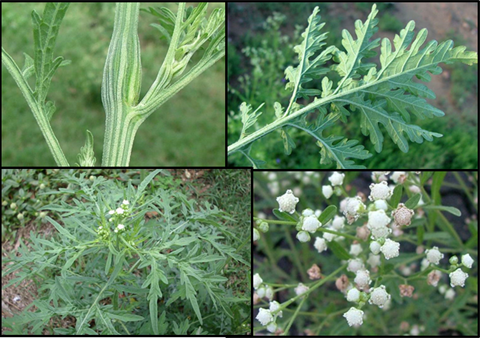Council Initiates Parthenium Weed Watch
Published on 09 April 2020

Snowy Valleys’ landholders are being urged to keep an eye out for the fast growing and prohibited Parthenium weed, especially where cattle and sheep have been fed, including along roadsides.
Council’s Executive Director Community and Corporate, Paul Holton said loss of paddock fodder due to the bushfires and drought has meant large amounts of stock feed being brought into the region some of which could contain Parthenium seeds.
“This week we have had two reports of Parthenium weed incursions on roadsides in regional NSW and while so far there have been no reports in the Snowy Valleys we ask everyone to remain vigilant,” Mr Holton said.
“In previous years, Easter has been a time when Parthenium weed is more likely to be found, so it is important to watch areas in which cattle and sheep have been fed, including along the roadsides and report any sightings of Parthenium weed to your Council Biosecurity Officer immediately,” Mr Holton went on to say.
Native to South and North America, Parthenium hysterophorus can cause dermatitis and respiratory problems in humans and dermatitis in cattle and domestic animals.
Landowners are advised to never touch the plant with bare hands. Allergic reactions are not always experienced with the first contact with the plant but can develop after a number of exposures.
If you suspect a plant could be Parthenium weed, note its location and report it to NSW DPI or to Council’s Biosecurity Officers for positive identification.
- Tumbarumba region - Rodney Bartel 6948 9100 / Tumut region Mel Wilkerson 6941 2555
Council Biosecurity Officers will also be out inspecting roads over the next few weeks looking for any signs of the prohibited weed.
To learn more about the Parthenium weed and how to identify it visit https://weeds.dpi.nsw.gov.au/Weeds/Details/165